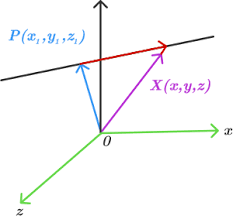Purdue university in its article on Bohr's Model explains:
At first glance, the Bohr model looks like a two-dimensional model of the atom because it restricts the motion of the electron to a circular orbit in a two-dimensional plane. In reality the Bohr model is a one-dimensional model, because a circle can be defined by specifying only one dimension: its radius, $r$. As a result, only one coordinate (n) is needed to describe the orbits in the Bohr model.
Could someone please elaborate the point that how Bohr's Model is One-Dimensional?

